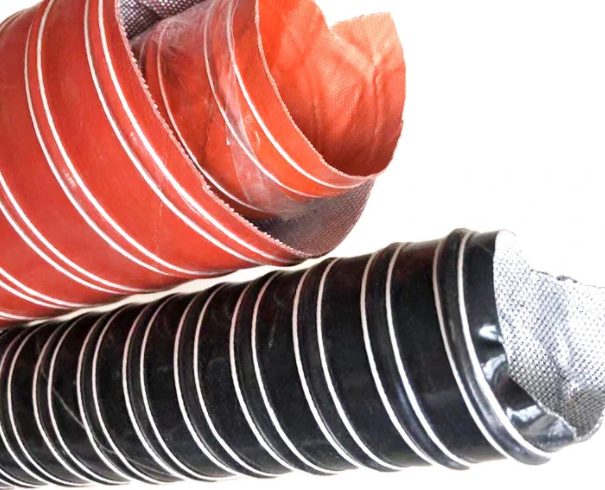pvc lay flat discharge hose
Understanding PVC Lay Flat Discharge Hose A Comprehensive Overview
PVC lay flat discharge hoses are widely used in various industries and applications due to their superior durability, flexibility, and lightweight characteristics. These hoses are essential for water transportation, agricultural irrigation, construction projects, and industrial discharge, providing an efficient way to move fluids from one point to another.
What is a PVC Lay Flat Discharge Hose?
A PVC lay flat discharge hose is constructed from high-quality polyvinyl chloride (PVC) material, which gives it excellent resistance to abrasion, weather, and chemicals. The lay flat aspect refers to its design that allows the hose to be rolled up flat when not in use, making it easy to store and transport. Typically available in various diameters and lengths, these hoses can cater to a range of flow rates and pressure requirements.
Key Features
1. Durability PVC lay flat hoses are built to withstand harsh conditions. They can handle extreme temperatures, making them suitable for both hot and cold water applications. Additionally, their resistance to various chemicals means they can be used in agricultural, industrial, and municipal settings without fear of degradation.
2. Lightweight and Flexible Unlike traditional rubber hoses, PVC hoses are lighter and more manageable. This flexibility allows for easy maneuvering around obstacles and making sharp turns without kinking or folding.
3. Economical These hoses offer an excellent balance of performance and cost. They are generally less expensive than other materials, such as rubber, yet they perform comparably under many conditions, making them a cost-effective option for many businesses.
Applications
The versatility of PVC lay flat discharge hoses makes them suitable for numerous applications
- Agriculture Farmers use these hoses for irrigation, transferring water from ponds, wells, or reservoirs to fields
. Their ability to lay flat minimizes the disruption of fields and crops, making them ideal for agricultural use.pvc lay flat discharge hose

- Construction In construction sites, these hoses are often used for dewatering purposes. They can easily transport water from excavations, ensuring that sites remain dry and safe for workers.
- Industrial Many industries utilize PVC lay flat hoses for pumping water or other fluids. Whether transferring effluents or handling raw materials, their robust construction ensures reliability in demanding environments.
- Emergency Services PVC discharge hoses are crucial during emergencies, such as floods or fire suppression, because they can quickly move large volumes of water to where it is needed most.
Maintenance and Care
To maximize the lifespan of PVC lay flat discharge hoses, proper maintenance is essential. Here are some tips
- Cleaning After use, it’s crucial to flush the hose with clean water to remove any residues or debris. This practice helps prevent build-up and prolongs the life of the hose.
- Storage When not in use, store the hose in a dry, cool place away from direct sunlight to prevent any material degradation. Rolling the hose properly and avoiding sharp bends during storage will also preserve its integrity.
- Inspection Regularly check the hose for signs of wear, damage, or leaks. Address any issues promptly to avoid further damage or failure during use.
Conclusion
PVC lay flat discharge hoses are a practical and versatile solution for various fluid transfer needs across different industries. Their combination of durability, flexibility, and cost-effectiveness makes them a preferred choice among professionals. Understanding their features, applications, and maintenance will ensure that users can maximize their investment and rely on this essential equipment for ongoing operations. Whether for agricultural irrigation, construction site drainage, or industrial fluid transfer, PVC lay flat discharge hoses offer a reliable and efficient solution.
-
Top Quality Oxy Acetylene Hoses for Sale Fit for Welding DemandsNewsJul.28,2025
-
The Future of Pneumatic Air Tubes in IndustryNewsJul.28,2025
-
Superior and Reliable LPG Hose Pipe Solutions for Every NeedNewsJul.28,2025
-
Exceptionally Durable and Versatile Premium Braided PVC TubingNewsJul.28,2025
-
Best Adapters for Connecting Garden Hose to PVC Pipe ConnectionsNewsJul.28,2025
-
The Essential Role of LPG Hoses in Safe and Efficient Gas DistributionNewsJul.16,2025














